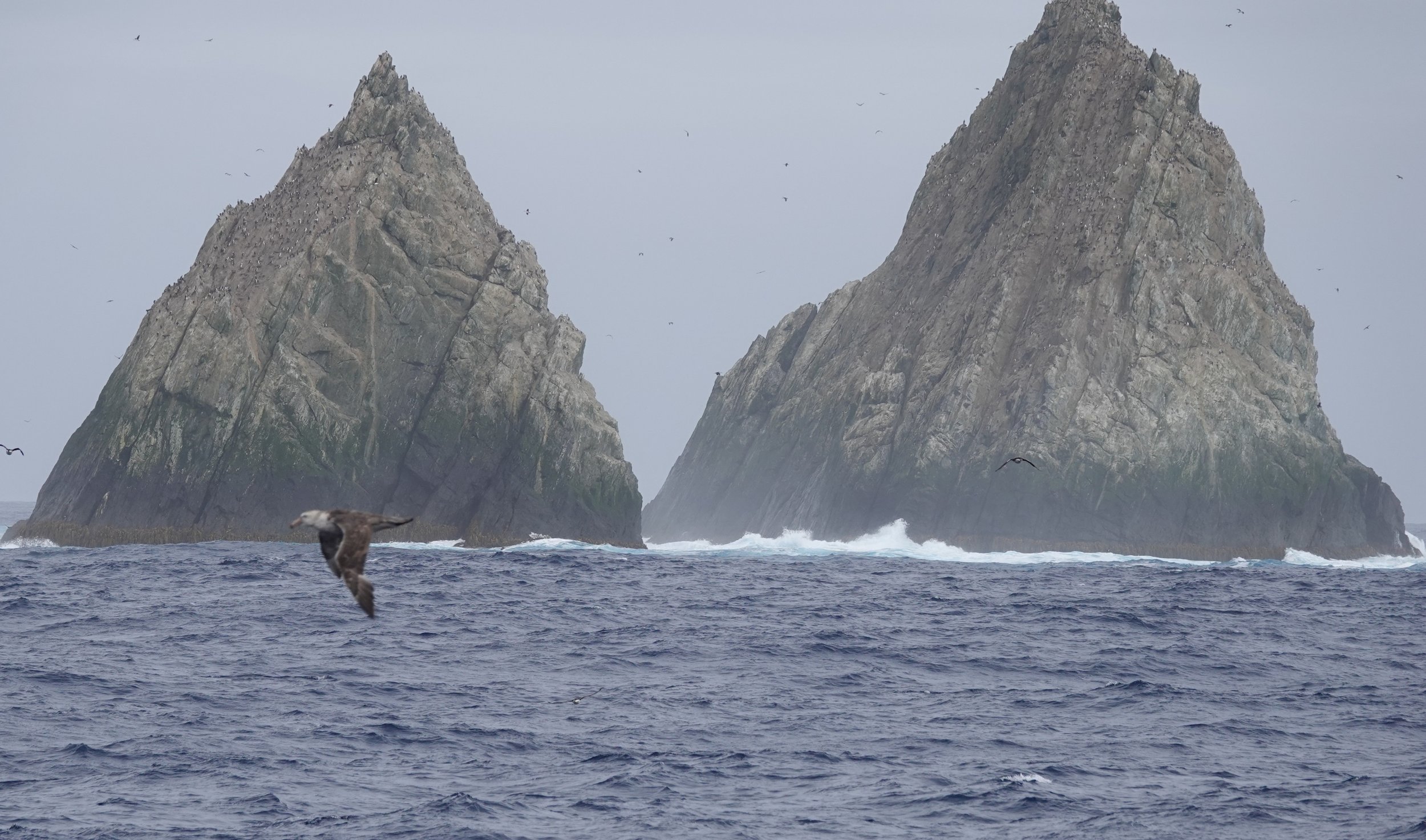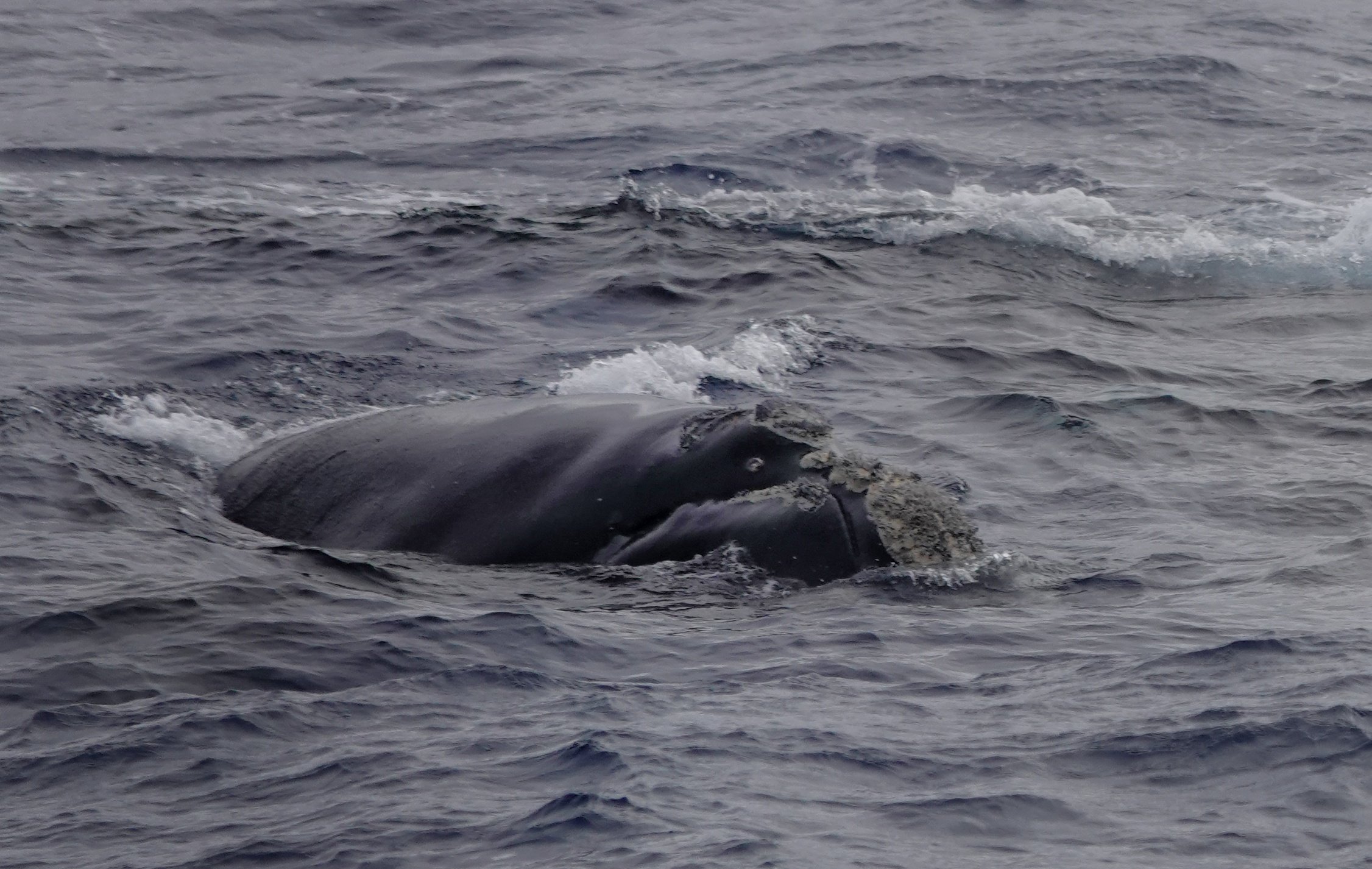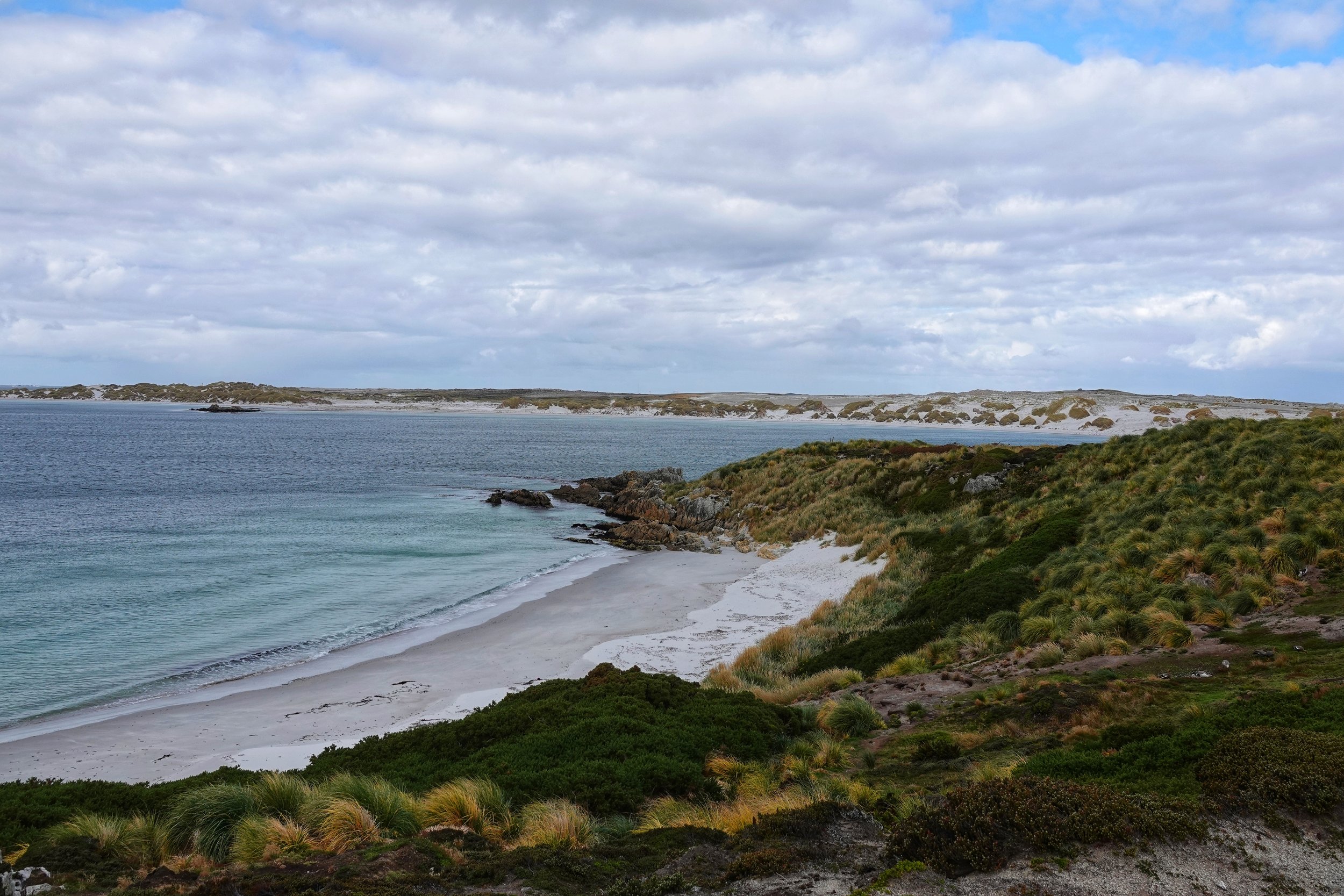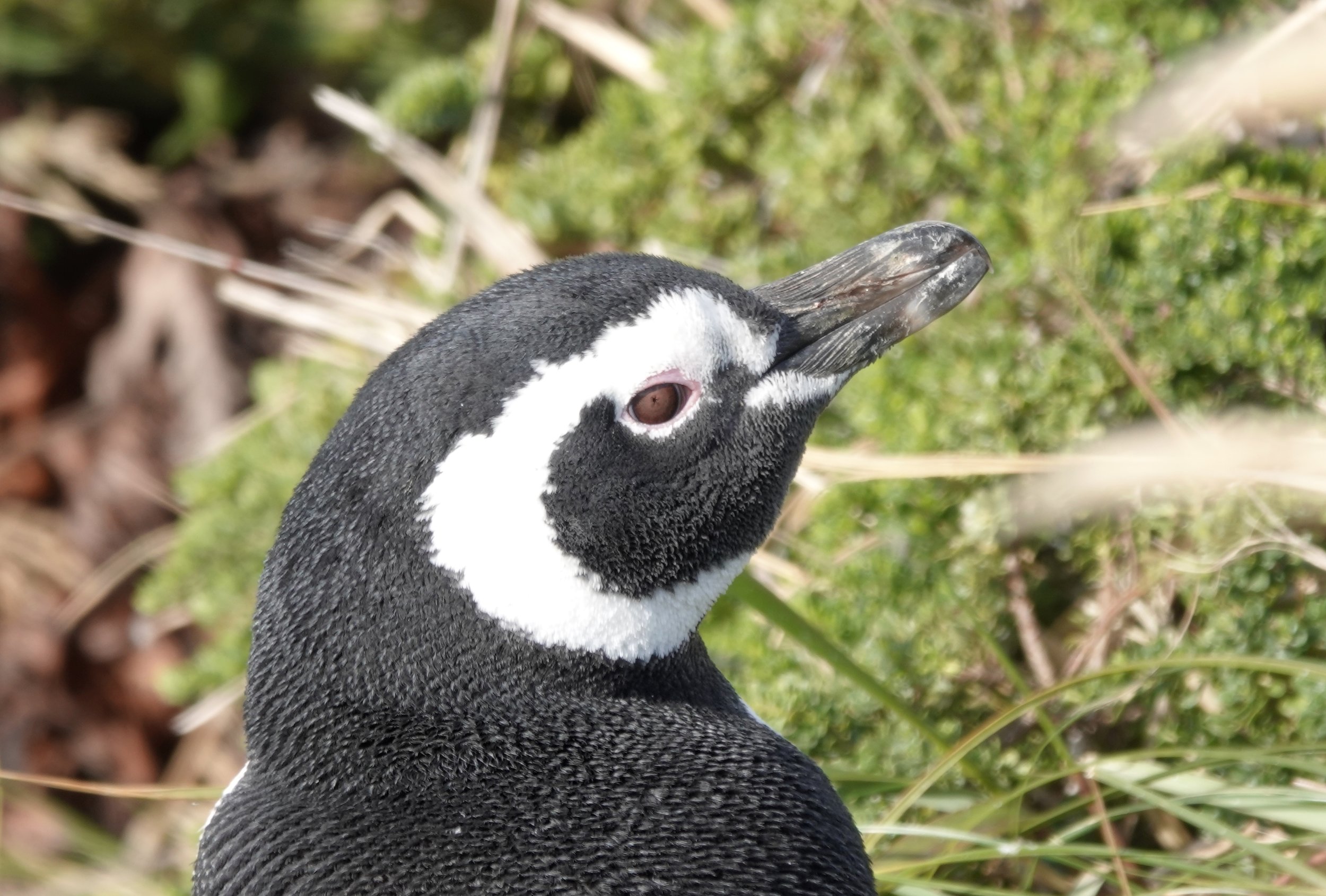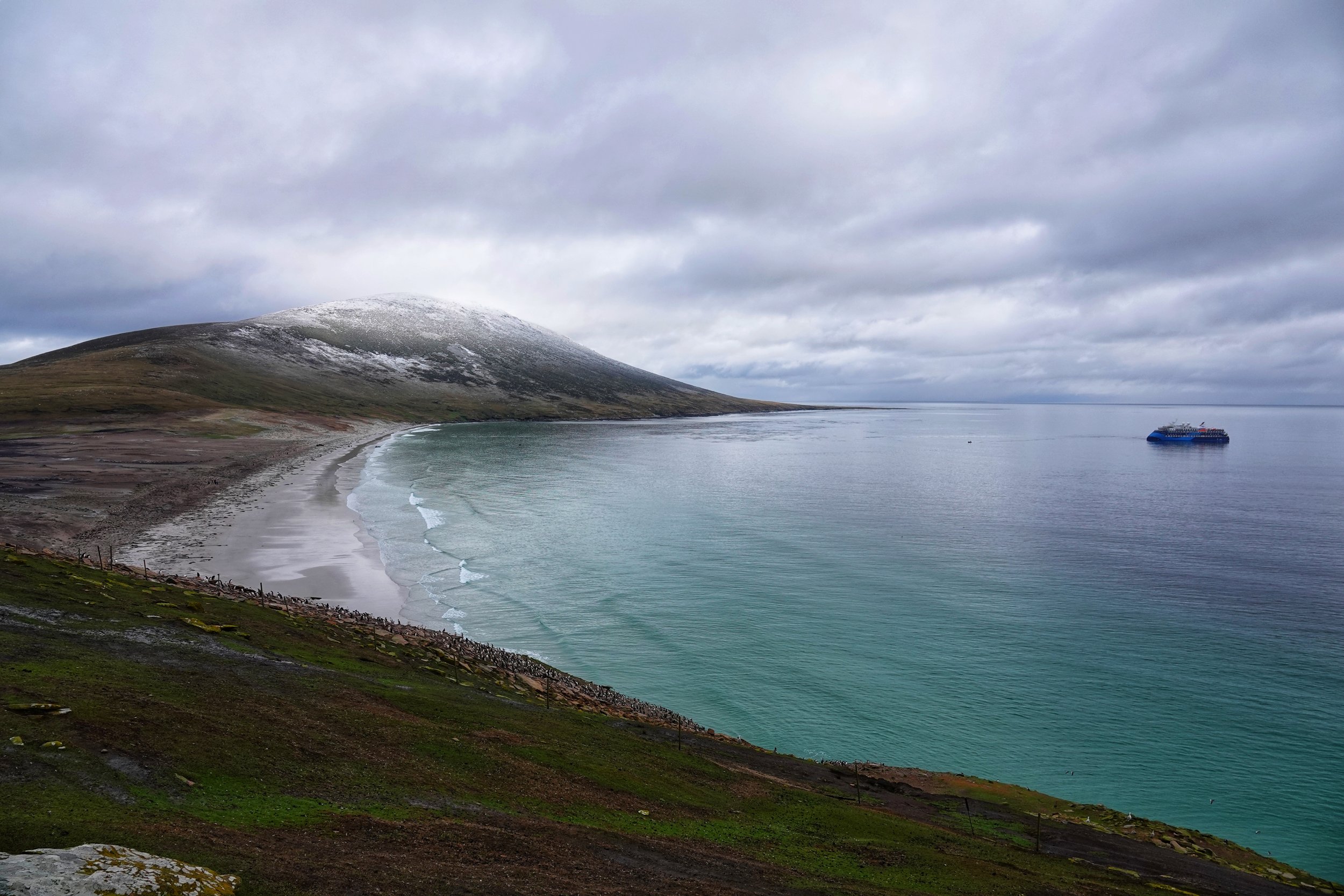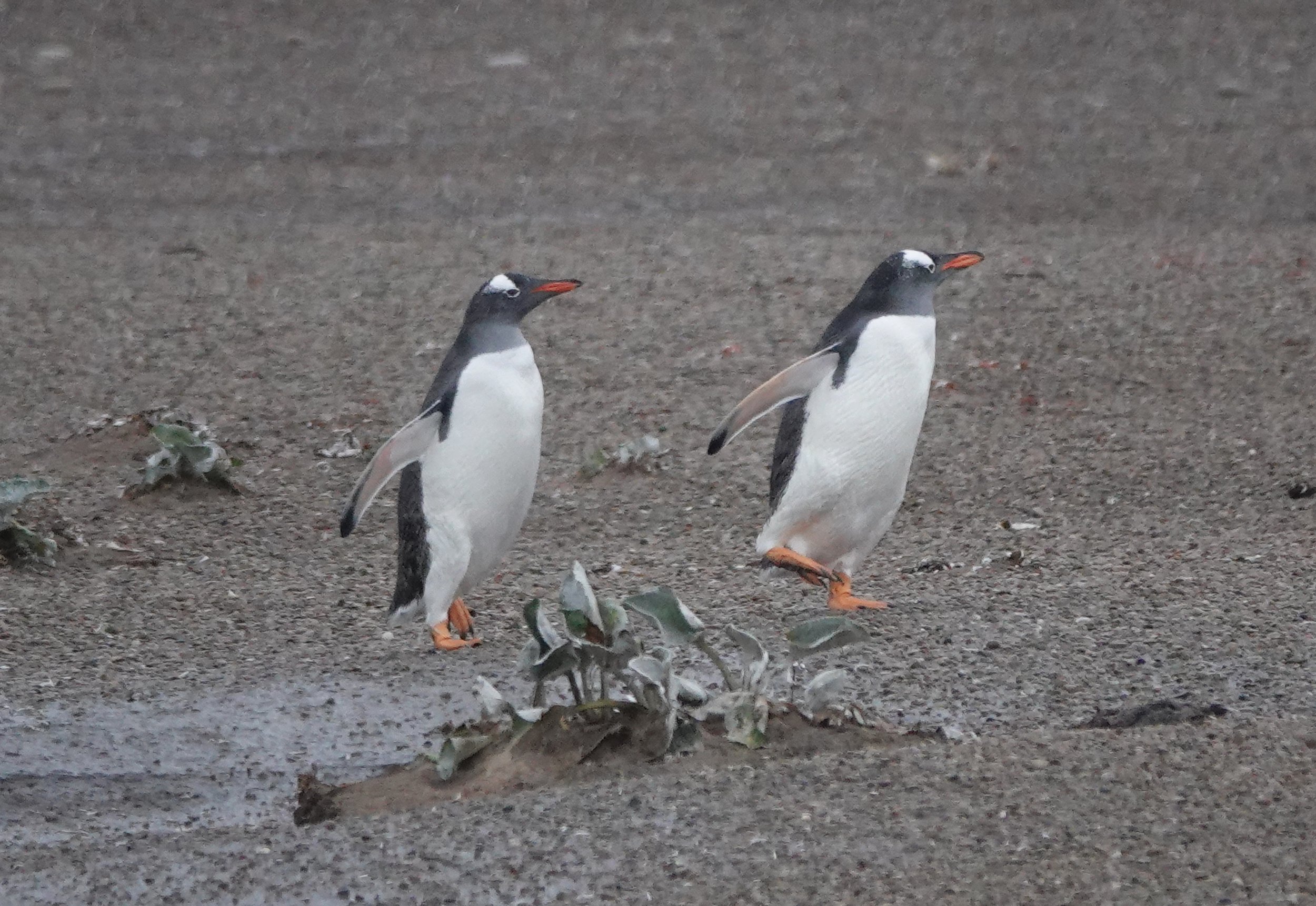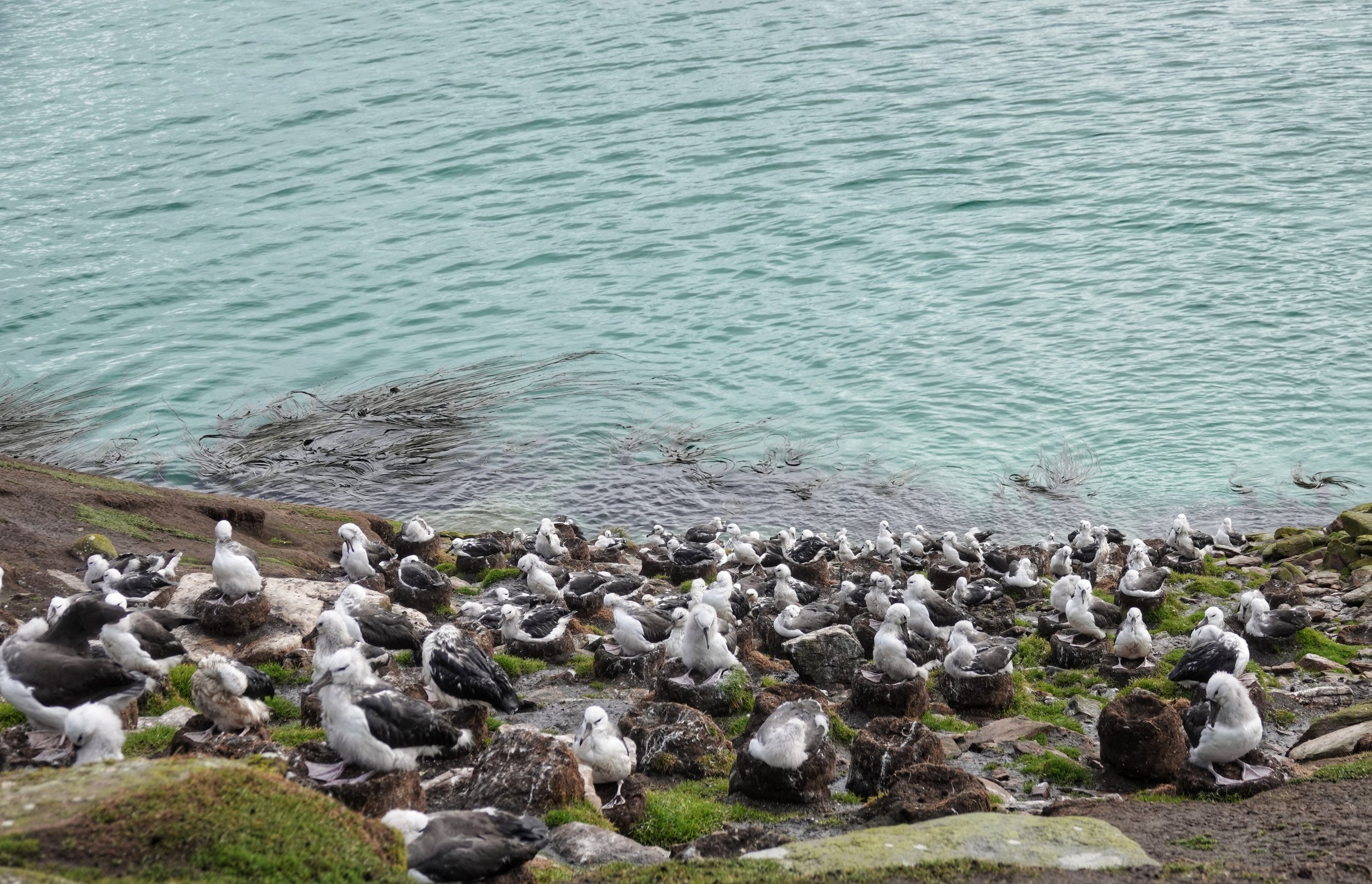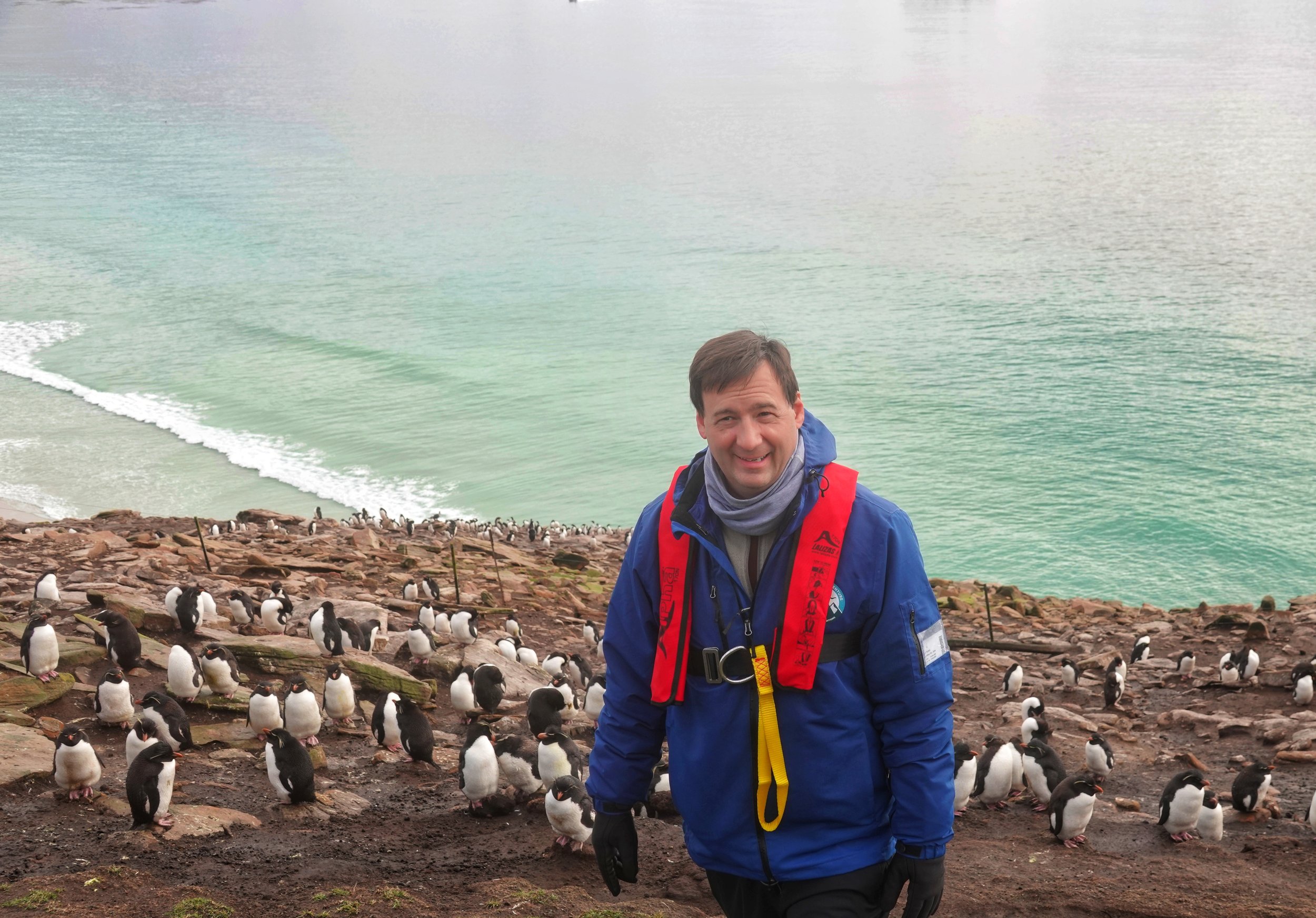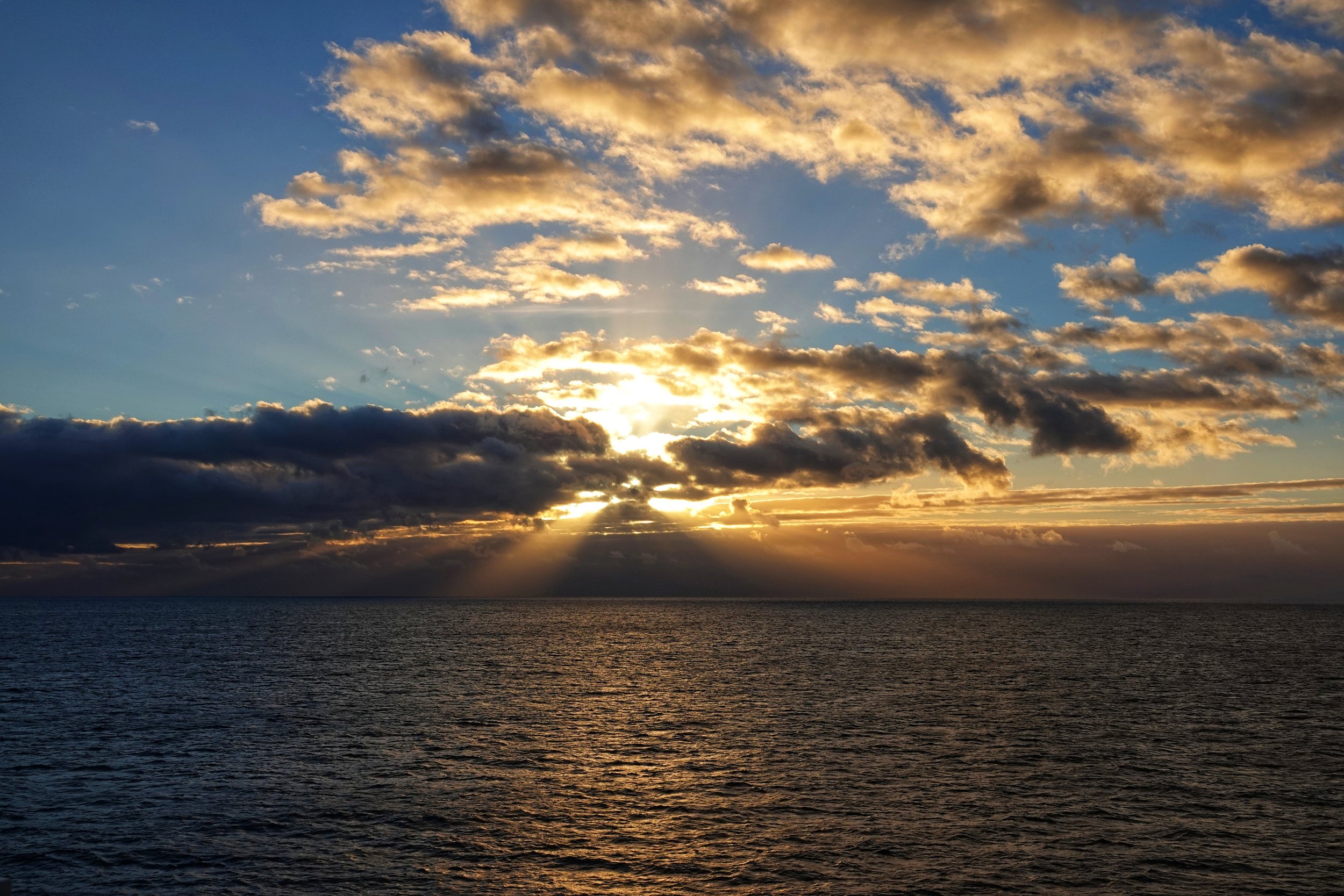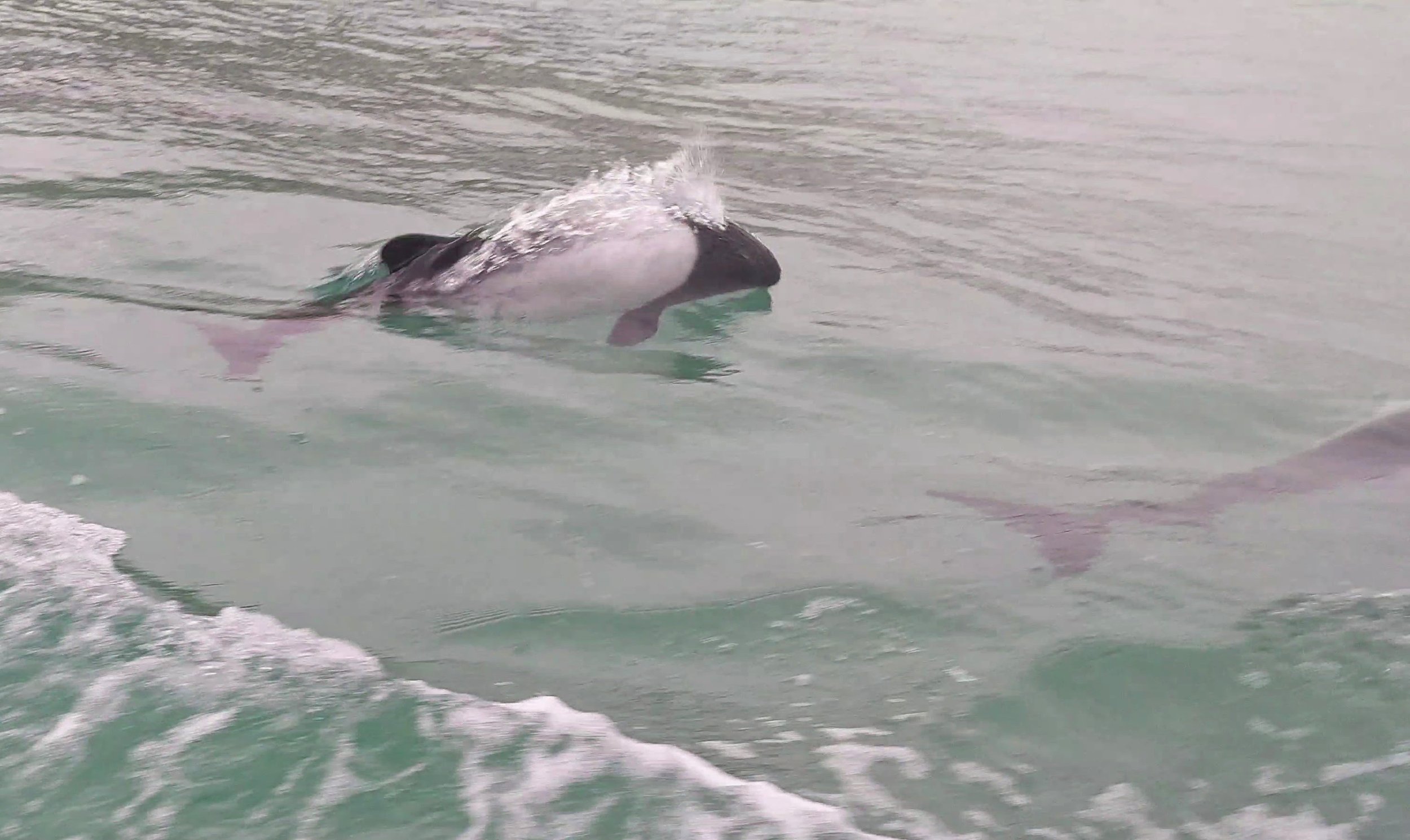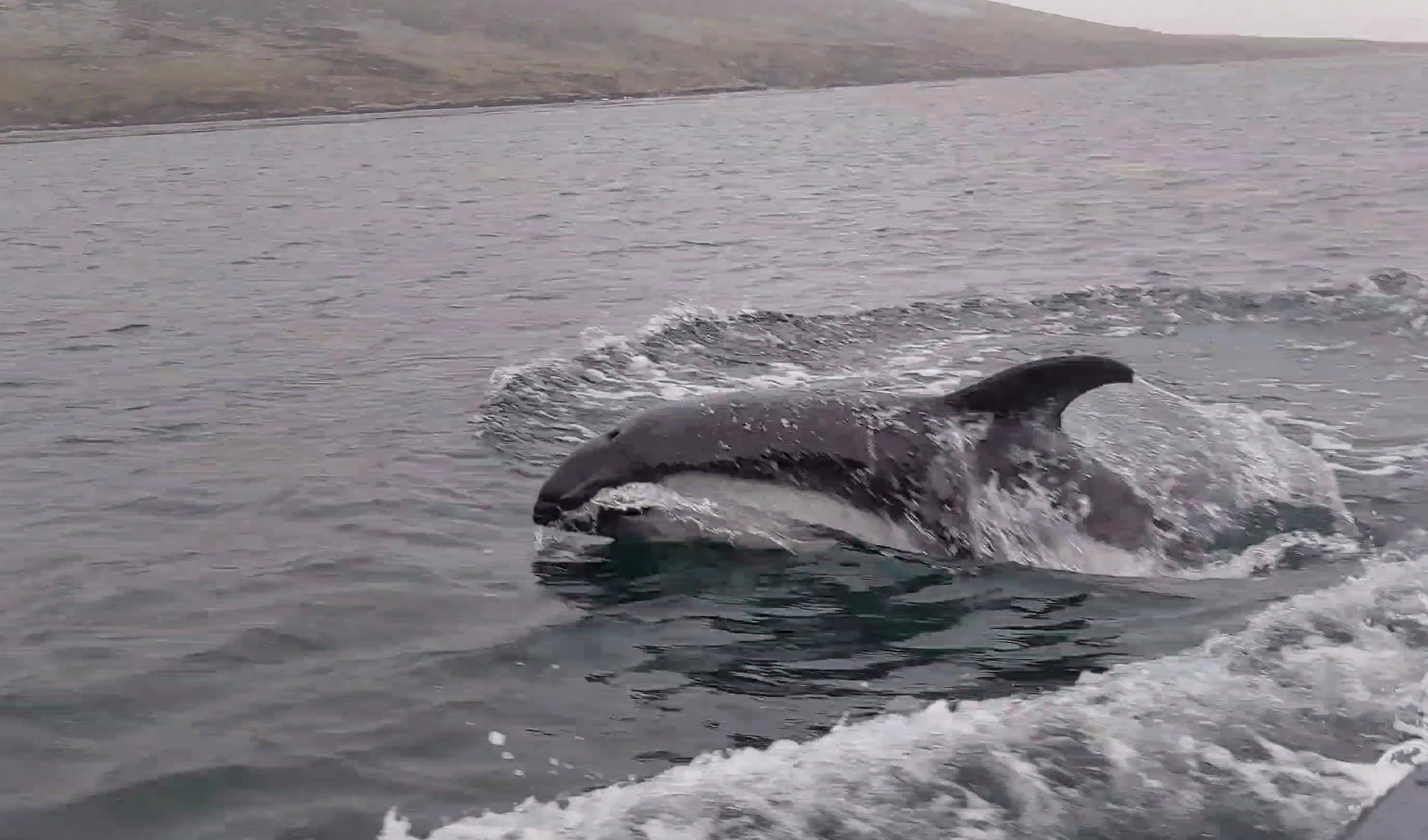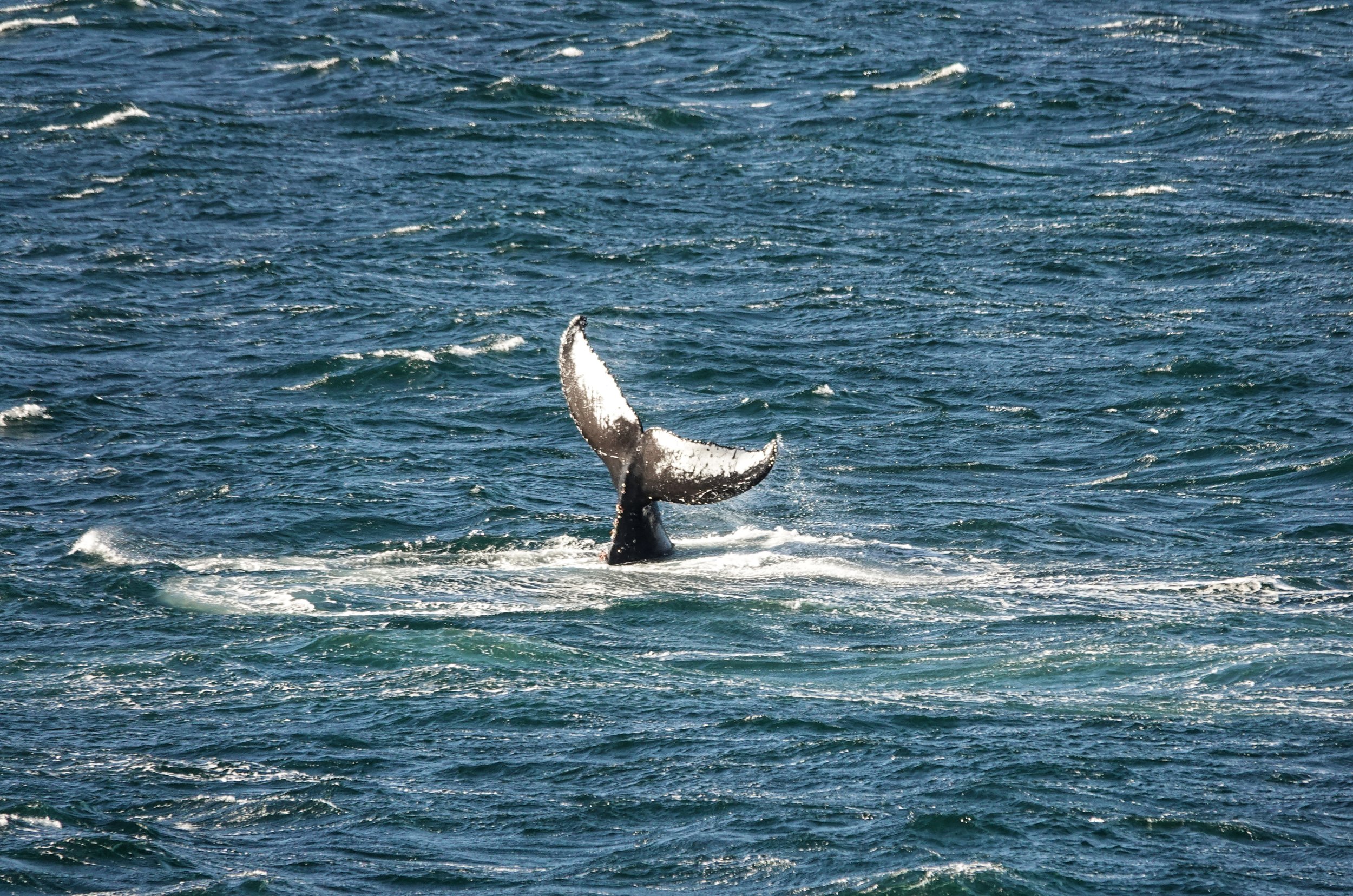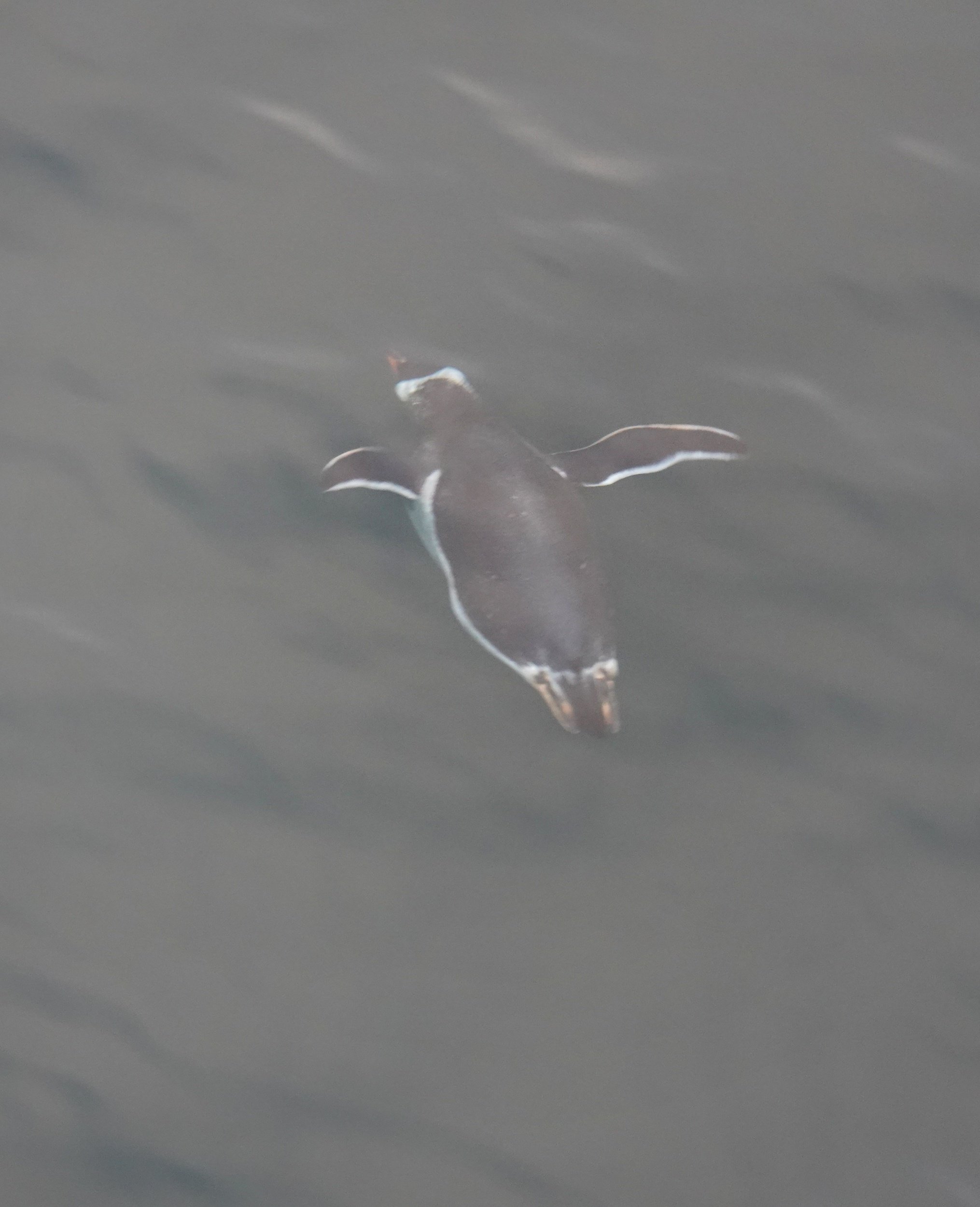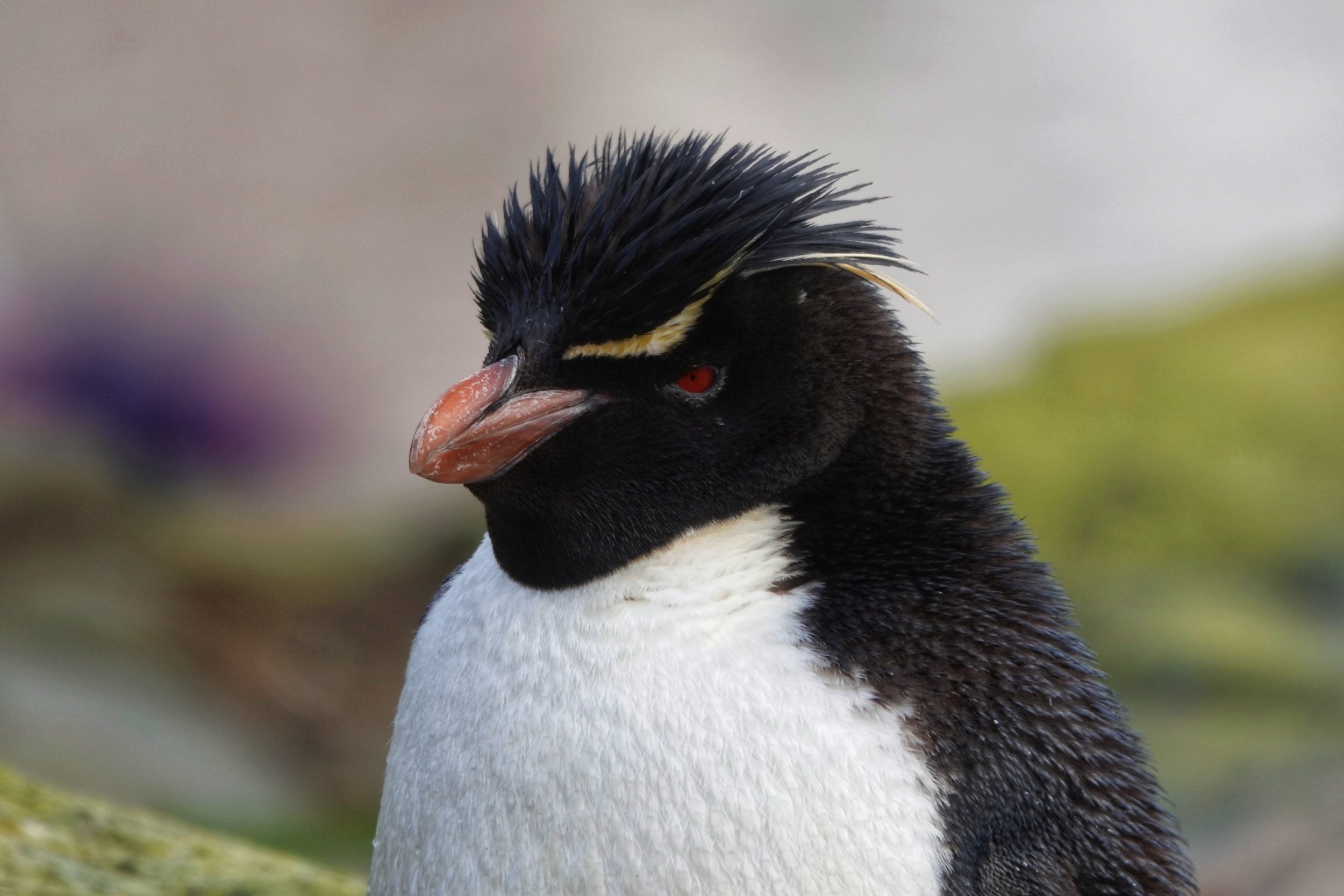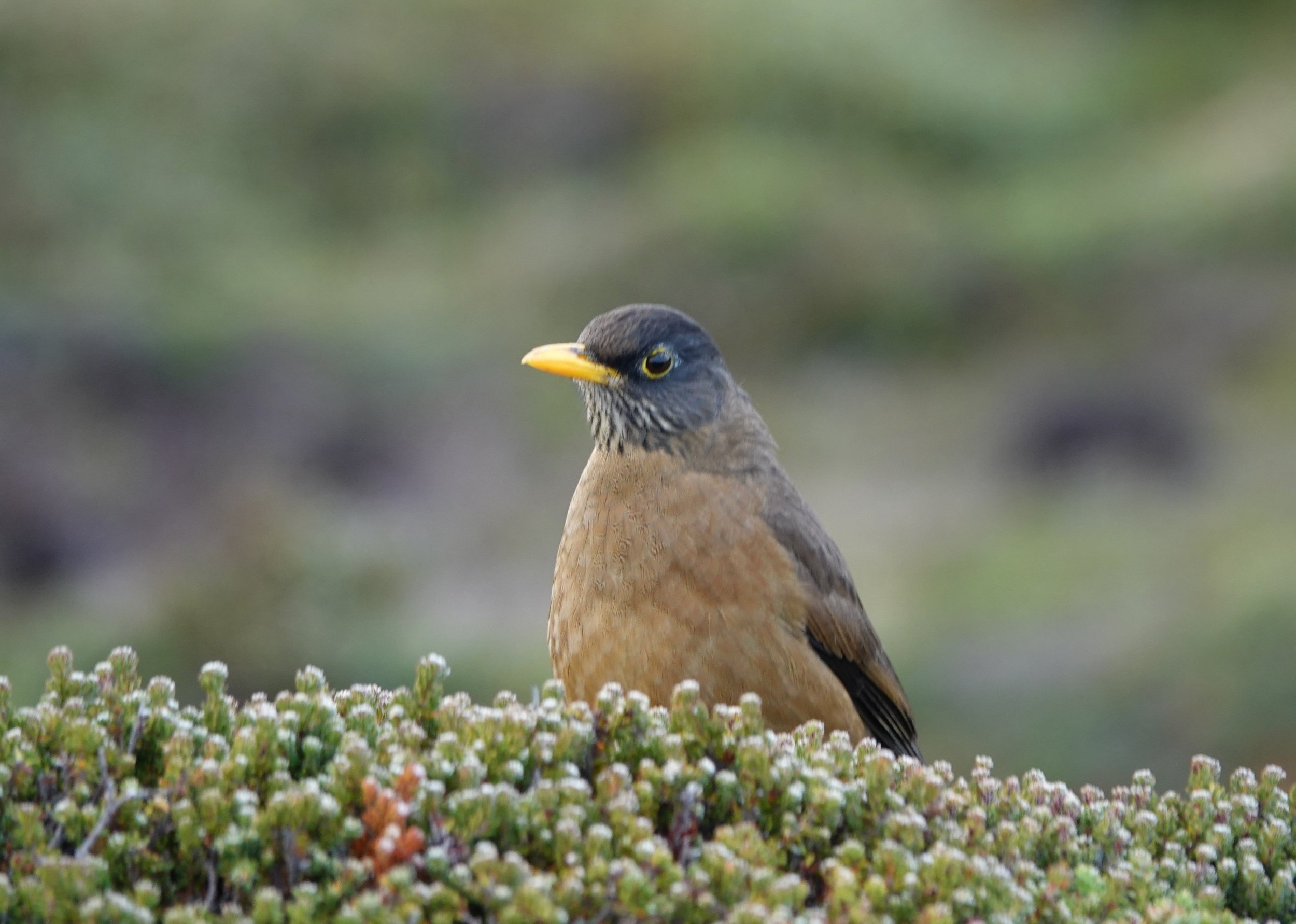Antarctica Expedition Cruise, Falkland Islands Days 14-19
See the previous posts for our Antarctica Expedition Cruise: Days 1-4, and 5-9, and 10-13.
Antarctica Expedition Cruise Day 14:
The gladdest moment in human life is a departure into unknown lands.
—Sir Richard Burton
This was our first day that we got to sleep in! No covid tests and it was an at-sea day so it was a good day to be lazy as we headed to the Falkland Islands. But no day is uneventful on an Antarctic expedition, and this morning after a leisurely wakeup, we passed through the Shag Rocks area. Shag Rocks is a shelf edge full with krill making it popular with all the Antarctic animals. Whales, penguins, seals, and lots of birds feed in this area. And of course, there are a ton of shags living on Shag Rocks!
We were told by the ship's captain that the area around Shag Rocks is not charted all that well. The rocks are actually 380 meters off from where they are charted. We were truly in adventure mode for this trip!
The seas had some decent swells that day, so I mostly hung out in our room and on our balcony taking pictures of the whales and seabirds or listening to live lectures from our guides on our TV. I had hoped to find my sea legs by that point of the trip, but apparently, I am just not a good boat person! But…staring out at the sea means I saw so many whales! Many people criticize those who spend a lot of time in their room but let me tell you: not everyone has a choice. I’m sure I missed out on additional sightings, but I’m not sure people would have appreciated me throwing up all over them up on the deck!
Southern right whales are easily identified by the v-shape of the blow–and we saw so many! One decided to fluke right off our balcony.
Another cool fact: albatrosses and petrels have built-in water desalination filters. They have salt glands and ducts connected to their bills that rid their bodies of excess salts. So they drink saltwater and basically drip the salt out. Often you can see the drip at the end of their bill.
Antarctica Expedition Cruise Day 15:
This was our last sea day before we arrived in the Falkland Islands at Stanley. We turned our clocks back an hour (yay, more sleep!) so we were only an hour ahead of the East coast now.
It was the perfect day for eating desserts and staring out the window at the waves, birds, and occasional whale.
Today also confirmed that I will never be a boat person. I love roller coasters and I really enjoy the rocking of the boat when I'm laying in bed, but the minute I stand up, it was all I could do to not throw up! At this point, I was really looking forward to getting to the Falkland Islands and seeing Rockhopper Penguins, a chance to see some sea lions, and most importantly, being off the open waters for a day or two.
Antarctica Expedition Cruise Day 16:
We arrived at the Falkland Islands just before lunch. Our ship-wide covid tests were all negative, so we were able to get permission to explore Stanley and check out some hiking and wildlife on the beaches nearby.
After sixteen days on the boat, it was nice to stretch our legs around town all afternoon. The Falkland Islands have quite the history. The Island is made up of 778 little islands and less than five hundred have been named—and at least ten are named Rabbit Island!
A few fun facts:
The population of the island is only 3,398 people, with 43% born in the Falklands
There are 150 sheep for every one person that lives on the island.
The capital of the Falklands is Stanley and 90% of the population lives there.
A fishing boat in the bay. Those red ropes hanging down from the lines are to scare birds that might otherwise collide with them and get caught. More than 100,000 seabirds are killed by fishing boats every year. With more vessels adding colorful streamers to their lines, more birds are saved from accidental deaths.
Apparently, Kelp gulls can be evil little birds. In the 70s (of the old 1900s) kelp gulls began feeding on skin and blubber pecked from the backs of living right whales. The frequency of gull attacks has increased dramatically over the last three decades and mother-calf pairs are the primary targets. In successive attacks, gulls open new lesions on the whales’ backs or enlarge preexisting ones. So sad! Like the poor whales don’t have a hard enough life.
And an adorable molting Magellanic penguin.
Antarctica Expedition Cruise Day 17:
We woke up off of Saunders Island, the second-largest offshore island within the Falkland Islands archipelago on Day 17. It's known as home to over 11,000 breeding pairs of black-browed albatross and four species of penguins: Rockhoppers, Gentoo, King, and Magellanic.
After an amazing sunrise, the Commerson's dolphins led our zodiacs to shore and back to the ship yesterday morning. Dolphins are always so much fun to watch! The Commerson's dolphin aka jacobita, skunk dolphin, piebald dolphin, panda dolphin, or tonina overa is a common dolphin found in the Falklands and around the southern tip of Argentina.
The weather felt very Colorado-like on Saunders Island. Sunny, warm, beautiful one minute then cold, grey, sleety snow ten minutes later, only for the sun to pop back out.
We loved hiking around the island to all the colonies. The views of the sea competed with the wildlife views on this landing. There is something pretty amazing about the Falkland Islands and I could definitely see going and spending a month there.
As sad as I was to be heading back to Ushuaia, I can say that I wasn't sad to be getting off the boat soon….but this bed was one of the most comfortable we have slept in since starting our full-time travel life!
These black-browed albatross are three months old and will be ready to fly the coop in a month or so. Once they fly the coop, they will spend the next two or three years on the sea. They date using a dance and practice that dance for years until they finally find the one. Once they have found their one, they mate for life. When they are ready to breed they find their way back to the nest where they hatched and build their own nest within 20 meters of that nest.
Antarctica Expedition Cruise Day 18:
Well, that’s a wrap! We arrived in Ushuaia after a smooth sailing across the Atlantic from the Falkland Islands.
After a beautiful sunrise with an almost full moon in the sky, we had our last on board covid test. To get off the boat, Argentina requires a test. Fortunately, we were all negative (which I would expect given we have been in a bubble for the last eighteen days!).
Although there were no landings as we sailed back to Ushuaia, we had plenty of opportunity to watch for wildlife in the Beagle Channel. There were plenty of Humpback Whales, some dolphins, and many seabirds.
We met this humpback whale fluking. But it was the strangest thing. He was literally fluking over and over again. Almost like he was just waving at us.
Last day of our Antarctica Expedition Cruise (day 19):
Our last night on the ship, they held a raffle and auction to benefit three charities that Albrotros partners with. One of the items auctioned off was the chance to provide the ship with our last wake up call.
At 5:45am two of our fabulous shipmates woke us up with the sound of penguins followed by a song that we could all identify with.
There were a lot of teary eyes as we left the ship early that morning. Our expedition leader said this was the trip he was wanting to lead for fifteen years. We hit places that are difficult-to-practically-impossible to visit, but somehow, he made them all happen. A number of our expedition guides said this was by far the best they've been on. Is it true? I don't know. And it really doesn't matter if the trip was the best of the best. It was the best to us! So good I would be afraid to go again because I feel like I would be comparing the trip to this one.
Apparently, we need to plan the northwest passage next (according to Jim—you know Jim, the one that hates cold weather).
Thanks everyone for coming along for the journey with us!
